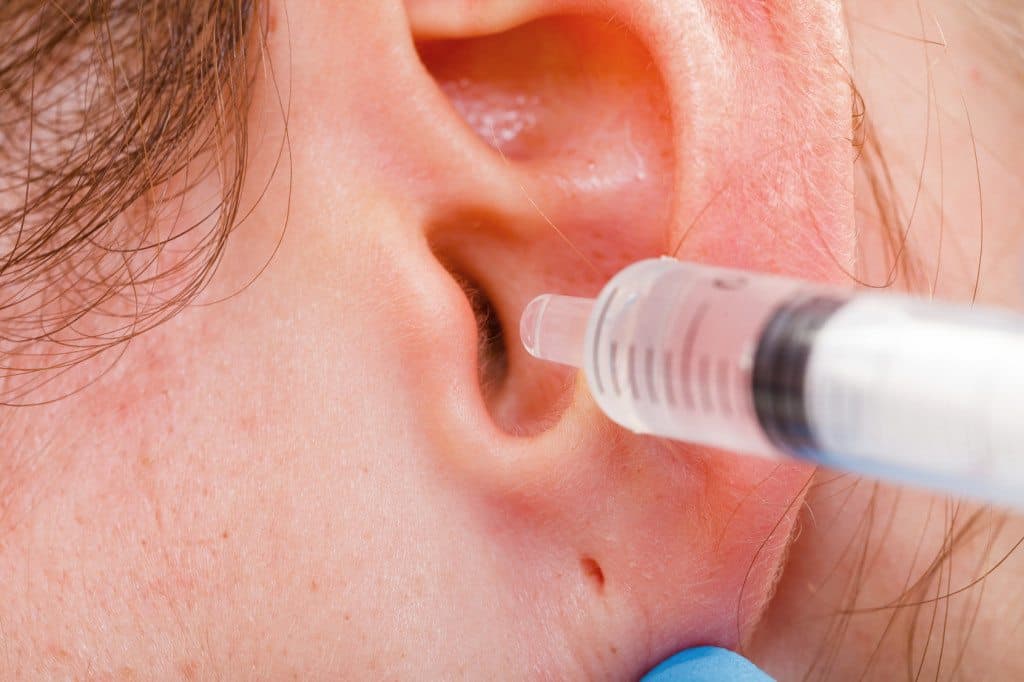“Humans interacting with other humans must be able to understand their interaction partner’s affect and motivations, often without words. We examined whether people are attracted to others whose affective behavior they can easily understand.” – Anders, S., et. al: “A neural link between affective understanding and interpersonal attraction.”
Ask someone what they find attractive in another person, and you’re likely to get a wide array of answers; from the physical – eyes, shoulders, legs, butt, hair, etc., to the internal – ambition, sweetness, sense of humor, intelligence, spontaneity…and so on.
Attraction, as with most anything psychological, is a very mysterious thing. Attraction involves a mix of physical, mental and emotional components that is inordinately difficult to articulate.
Here’s what researchers had to say about attraction, and what you need to be attractive to others. Some of the finer details of the study are absolutely fascinating.
Let’s get to it then!
The Study
“…the neural mechanisms that control human interpersonal interaction and the selection of cooperation partners are not well-understood.”
This short snippet concisely explains the research study’s rationale. Noting the importance of social interaction and collaboration – in both relationships and other interactions – scientists and professors from the University of Lubeck wanted to understand the brain mechanisms involved in interpersonal communication.
Here’s a short overview and explanation of the study:
– The research team recruited 92 volunteers (49 women, 43 men)
– Two experiments were conducted. Experiment One comprised a behavioral study; Experiment Two used a combined behavior-fMRI (functional magnetic resonance imaging) to measure brain activity
– Both groups of participants watched short video clips of six different female “targets,” who had “experienced and facially expressed two emotions, fear or sadness.”
– After the video clips had ended, researchers asked each participant to evaluate each of the six female targets affective state (sadness or fear); along with how confident the participants were in their evaluation.
– In Experiment One, researchers measured interpersonal attraction using both a motivational-behavioral framework and the participant’s self-reported attraction to each target.
– In Experiment Two, researchers measured the participants’ brain activity during each clip. fMRI imaging was used to observe neural activity in areas associated with the brain’s “reward system.”
– An “emotional experience task” was administered after Experiment Two, allowing researchers to compare the self-reported experience task results with observed neural activity
Emotional Understanding = Attraction
Fascinatingly, the research team discovered that participant confidence in perceiving, or successfully reading, the woman’s emotional state directly correlated with increased activity within the brain’s reward system. More specifically, fMRI scans displayed increased activity within the ventral striatum – the region associated with interpersonal attraction.
Silke Anders, author of the study and professor of Social and Affective Neuroscience, had this to say about the findings:
“What I believe makes our findings really exciting is the fact that understanding and personal attraction seem to depend on both the sender’s brain and the perceiver’s brain, and on how well they match.”
In addition to an emotional connection, Anders states, similar brain circuitry between two individuals attracted to each other may exist as well. Surprisingly, the study doesn’t note any observable difference in brain activity between positive and negative affective states. As Dr. Anders puts it: “If the emotional signals sent by a sender – for example, a facial express of fear or sadness – can efficiently be processed by the perceiver’s brain, then their reward system will fire and they will feel attracted to the sender.”
Conclusion: Three Important Discoveries
The study concludes by elaborating upon three “important findings” relative to neural mechanisms and interpersonal attraction:
1. “Confidence Signals in the Brain’s Reward System.”
Authors cite the observation of confidence-related factors – and its activation of the brain’s reward system – as the first significant discovery. Researchers interpret this observation as a potential link between one’s ability to decipher another’s emotional state and level of attraction.
Related article: 5 Scientifically Proven Ways To Be More Attractive
2. “Common Coding’” and Success of Affective Communication”
The second important finding pertains to neural activity observed in the anterior insula cortex (AIC) – the region of the brain associated with emotional awareness. Researchers found that neural activity within the AIC and ventral striatum (the “reward system”) were very similar. In other words, activity within the brain’s reward and emotional awareness regions appear to mimic one another when there’s a possible attraction between two people.
3. “Success of Communication and Interpersonal Attraction.”
Lastly, the research team posits that emotional understanding when evaluating potential mates may be equal in importance to “genetic fitness and fertility.” In a way, this challenges prolific evolutionary research that cites perceptive reproductive abilities, such as genetics and fertility, as (by far) the most important factor.











